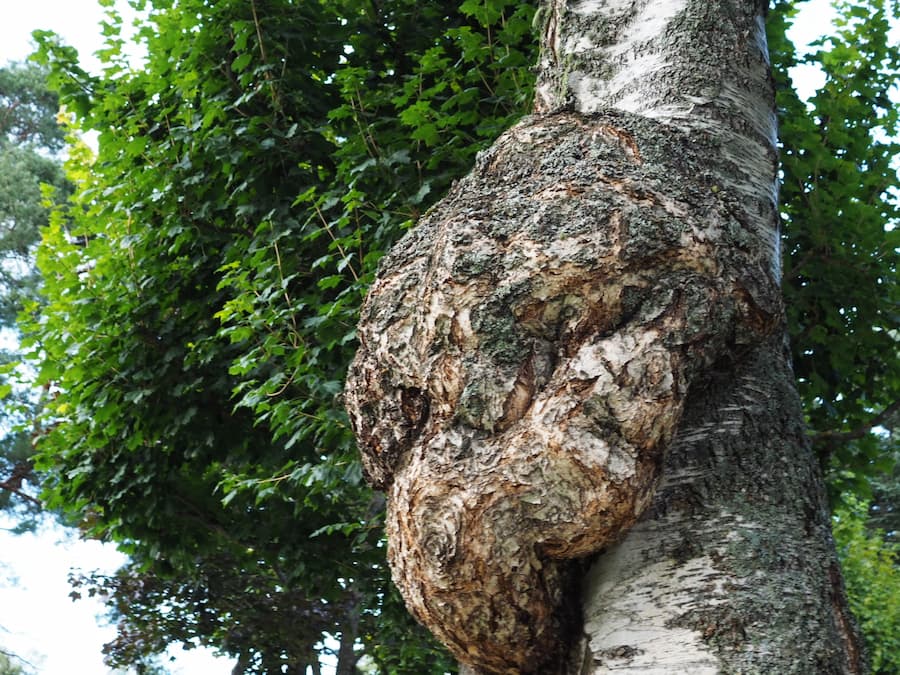This Article Talks About Tree Burls and Includes:
- Introduction
- Formation and Causes
- Tree Species and Burl Development
- The Mysterious Benefits
- Conclusion
Introduction
Tree Burls in the vast realm of nature, trees often bear witness to extraordinary phenomena that captivate our imagination. One such marvel is the tree burl, a peculiar and deformed growth that adorns the trunks, branches, and roots of certain tree species.
These rounded outgrowths, composed of interwoven fibers growing in various directions, have long intrigued scientists and nature enthusiasts alike. In this article, we delve into the enigmatic world of tree burls, exploring their formation, causes, and the benefits they bestow upon their arboreal hosts.
Formation and Causes
Tree burls are believed to be a response to stress experienced by the tree. They can emerge as a result of injuries, fungal or bacterial infections, mites, viruses, or even changes in weather patterns.
When a tree encounters such stressors, it initiates a defense mechanism, leading to the formation of a burl. These woody growths develop as the tree’s cells divide and multiply in an irregular manner, resulting in a distorted and often visually striking appearance.
Tree Species and Burl Development
While burls can be found on various tree species, some are more prone to their formation than others. Maples, oaks, elms, and willows are among the common trees known to develop burls.
- Maples
- Oaks
- Elms
- Willows
The exact reasons behind the varying susceptibility of different species remain a subject of ongoing research. However, it is clear that certain environmental factors, such as the presence of specific pathogens or the tree’s genetic predisposition, play a role in determining whether a burl will form.
The Mysterious Benefits
Although the precise benefits of burls to the trees that produce them are not yet fully understood, they undoubtedly serve a purpose in the tree’s survival and growth. One theory suggests that burls may act as a protective barrier, isolating and containing infections or injuries, preventing them from spreading further into the tree.
Additionally, the dense and intertwined fibers within burls make them exceptionally strong and resistant to breakage, providing structural support to the tree.
Beyond their functional advantages, burls possess an inherent aesthetic appeal. Their unique patterns and textures have long fascinated artists and craftsmen, who transform these natural formations into exquisite works of art.
The intricate swirls and knots found within burls have been utilized in the creation of furniture, sculptures, and decorative objects, showcasing the beauty that can arise from nature’s response to adversity.
Conclusion
Tree burls stand as a testament to the resilience and adaptability of trees in the face of stress. These captivating growths, formed through a complex interplay of environmental factors and the tree’s own defense mechanisms, offer both functional benefits and aesthetic allure.
As we continue to unravel the mysteries surrounding burls, their enigmatic presence in the natural world reminds us of the boundless wonders that await our exploration.

